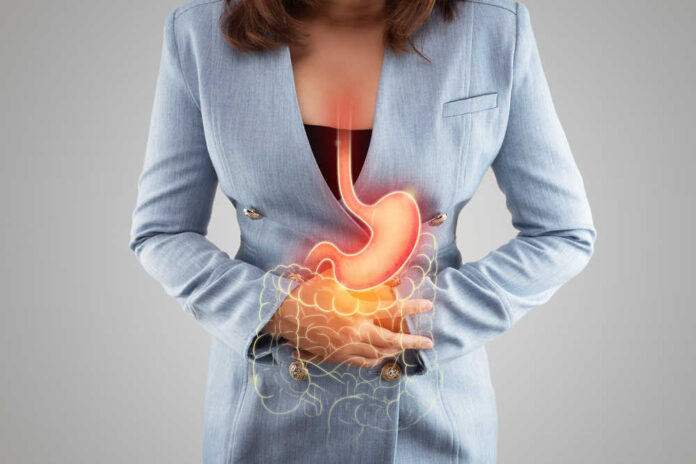
Gastroesophageal reflux disease (GERD) is a common condition that occurs when stomach acid and other digestive fluids flow back up (reflux) into the esophagus, causing heartburn and other symptoms.
While most people with GERD can manage their symptoms with lifestyle changes and over-the-counter or prescription medications, some individuals may develop a more serious complication called Barrett’s esophagus.
What is Barrett’s Esophagus?
Your esophagus is the tube connecting your mouth to your stomach. Normally, the lining of the esophagus is composed of stratified squamous epithelium cells. These skin cells are easily damaged by your stomach’s corrosive acids.
In individuals with Barrett’s esophagus, these cells are replaced by columnar epithelium, which is more similar to the cells that line the stomach and intestines. This appears to be an attempt by your body to make your esophagus more resistant to damage from stomach acid.
Although this may sound like a helpful adaptation, Barrett’s esophagus can significantly increase your risk of developing esophageal cancer.
What is the Link Between GERD and Barrett’s Esophagus?
It is estimated that approximately 10-15% of adults with chronic GERD symptoms will develop Barrett’s esophagus. The risk of developing Barrett’s esophagus increases with the duration and severity of GERD symptoms, as well as certain risk factors such as being male, a smoker, overweight, and over the age of 50.
Symptoms of Barrett’s Esophagus
In many cases, individuals with Barrett’s esophagus may not experience any symptoms. However, some individuals may notice the following:
● Heartburn and acid reflux
● Chest pain
● Difficulty swallowing
● Regurgitation
● A sensation of a lump in the throat
It is important to note that these symptoms can also occur in individuals with GERD and do not necessarily indicate the presence of Barrett’s esophagus.
A diagnosis of Barrett’s esophagus can be made through an endoscopy, which is a procedure in which a flexible tube with a camera is inserted through the mouth to visualize the esophagus.
Treatment Options for Barrett’s Esophagus
The primary goal of treatment for Barrett’s esophagus is to prevent the progression of esophageal cancer. This may involve lifestyle changes, such as losing weight, quitting smoking, and avoiding foods and beverages that trigger acid reflux. Medications, such as proton pump inhibitors (PPIs), which reduce stomach acid production, may also be used to manage GERD symptoms and prevent further damage to the esophagus.
Individuals with Barrett’s esophagus may sometimes require more aggressive treatment, such as radiofrequency ablation or endoscopic mucosal resection. These procedures remove abnormal cells from the esophagus and can significantly reduce the risk of developing esophageal cancer.
If you have been diagnosed with GERD, talk with your doctor about how you can reduce your risk for potential complications such as Barrett’s esophagus.






















